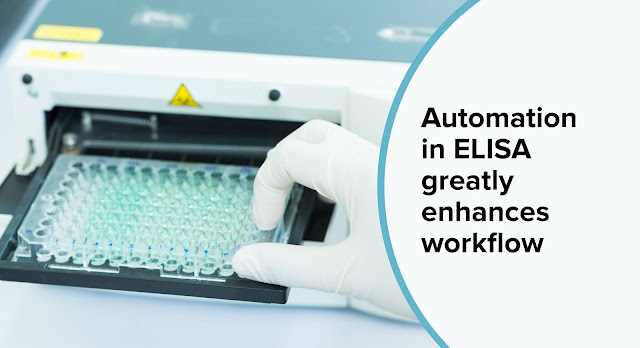Molecular Diagnostics picks up pace

Molecular diagnostics (MDx) is witnessing a fast-paced growth for detection of infectious micro-organisms as well as ailments like oncology. Laboratories are relying on MDx as a powerful tool for improving efficiency, with early diagnosis and accurate detection. Molecular tests help in identifying infections or ailments at early stages; enabling clinicians with information for personalized and precise treatments. Accurate and early diagnosis prevents further transmission, and rationalizes antibiotic use, thereby minimizes chances for antibiotic resistance. Polymerase Chain Reaction (PCR) PCR applies primer mediated enzymatic amplification of DNA to synthesize new strand of DNA complementary to the targeted template strand. Of late, quantitative real-time PCR (qPCR) is gaining popularity for detection of pathogens. This technology requires less than 5 hours, is simple, reproducible, and offers a quantitative output. Isothermal Amplification Methods Current advancem





